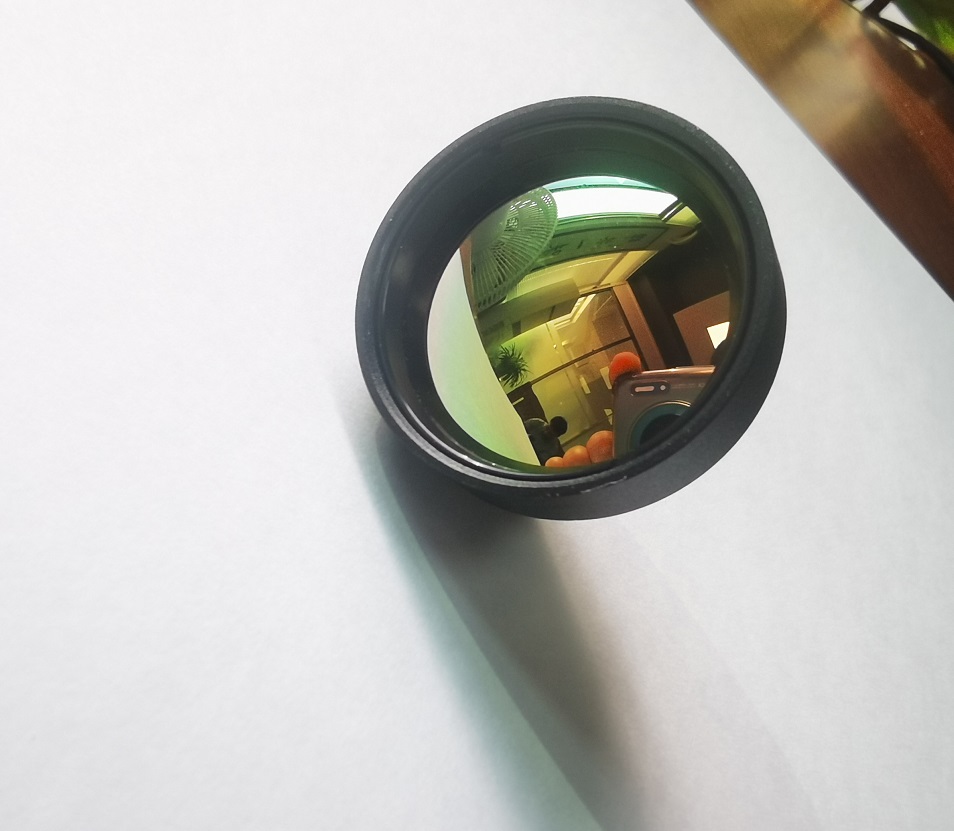Industrial News

In the field of thermal imaging, the study of different wavelengths plays a crucial role in understanding and analyzing thermal phenomena. By examining various wavelengths, researchers can gain valuable insights into the behavior of heat and its applications in various industries. This article aims to provide a comprehensive exploration of the significance and applications of thermal imaging wavelengths, delving into three key aspects: wavelength range, imaging technology, and practical applications.
The Importance of Wavelengths in Thermal Imaging
Wavelengths are fundamental in thermal imaging as they determine how thermal energy is detected and measured. Different wavelengths correspond to different energy levels, and understanding these variations enables precise temperature measurements and accurate imaging. Additionally, knowledge of the wavelength spectrum allows scientists to differentiate between various thermal emissions and distinguish thermal patterns from diverse sources.
1. Wavelength Range
Thermal imaging encompasses a broad range of wavelengths, each with its own unique properties. The most commonly used wavelength ranges in thermal imaging are long-wave infrared (LWIR), mid-wave infrared (MWIR), and short-wave infrared (SWIR). LWIR thermal cameras operate within the range of 8 to 12 microns, while MWIR cameras focus on wavelengths between 3 to 5 microns. SWIR thermal imaging covers the 0.9 to 1.7-micron range, enabling specific applications where higher resolution is required.
2. Imaging Technology
Various imaging technologies have been developed to capture and analyze thermal information at different wavelengths. Bolometers are widely used in LWIR thermal imaging, offering high sensitivity and accuracy. Quantum Cascade Lasers (QCL), on the other hand, enable MWIR imaging with exceptional spectral selectivity. Additionally, SWIR imaging relies on sensors such as InGaAs (Indium Gallium Arsenide) to detect shorter thermal wavelengths. The diversity of imaging technologies enables scientists and industry professionals to choose the most suitable method for their specific applications.
3. Practical Applications
The versatility of thermal imaging wavelengths allows for a multitude of practical applications across various industries. In the medical field, thermal imaging has proven useful in diagnosing diseases, monitoring patient recovery, and identifying abnormal thermoregulation. In manufacturing, thermal imaging is employed for quality control, detecting defects, and troubleshooting electrical or mechanical systems. Furthermore, in the field of agriculture, thermal imaging aids in crop health assessment, irrigation management, and early detection of pest infestations. These examples demonstrate the critical role of thermal imaging wavelengths in solving real-world problems and enhancing efficiency in different sectors.
In conclusion, exploring the diverse wavelengths used in thermal imaging is vital for comprehensive understanding and successful application of this technology. By grasping the significance of wavelength range, utilizing appropriate imaging technologies, and recognizing practical applications, scientists and professionals can harness the full potential of thermal imaging in various fields. The continuous advancements in thermal imaging technology and the ongoing research into new wavelengths promise even greater possibilities in the future.
 English
English  German
German Japanese
Japanese Korean
Korean Vietnamese
Vietnamese French
French Spanish
Spanish भारत
भारत



